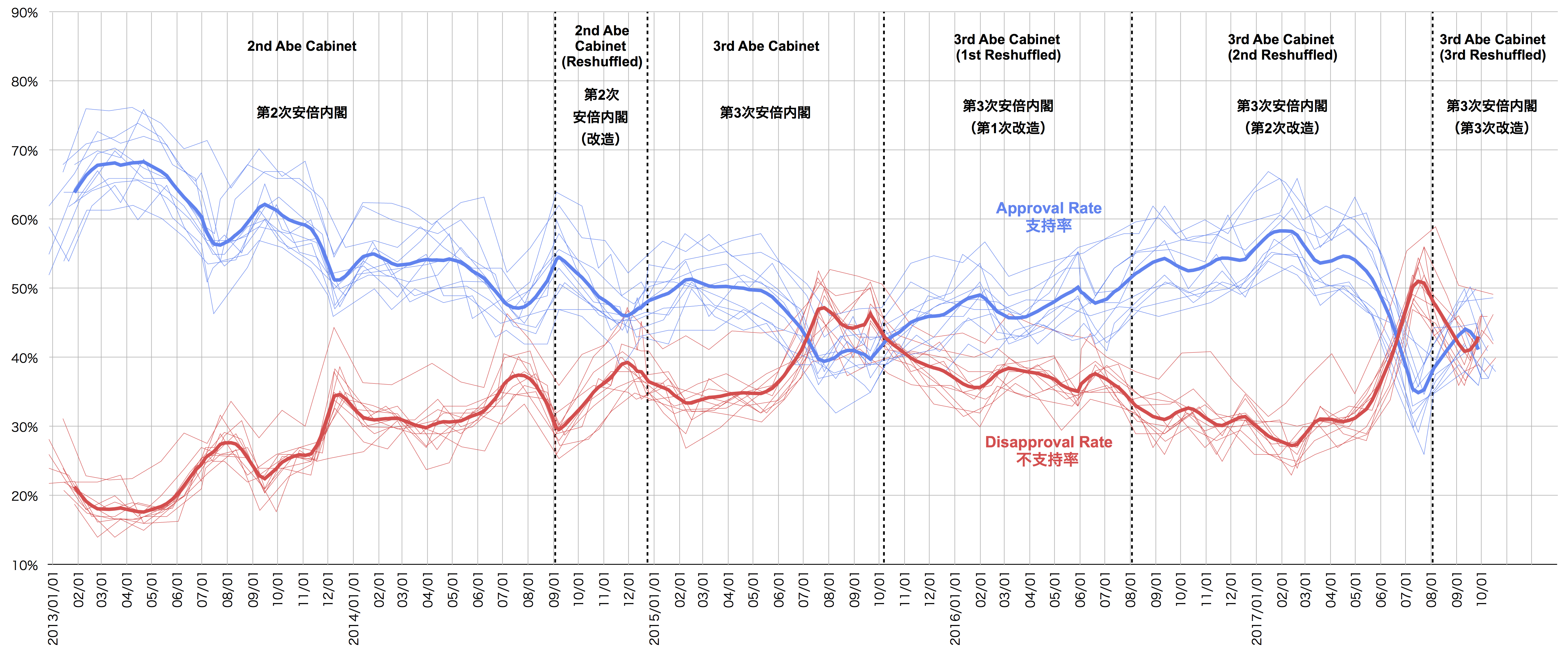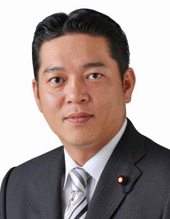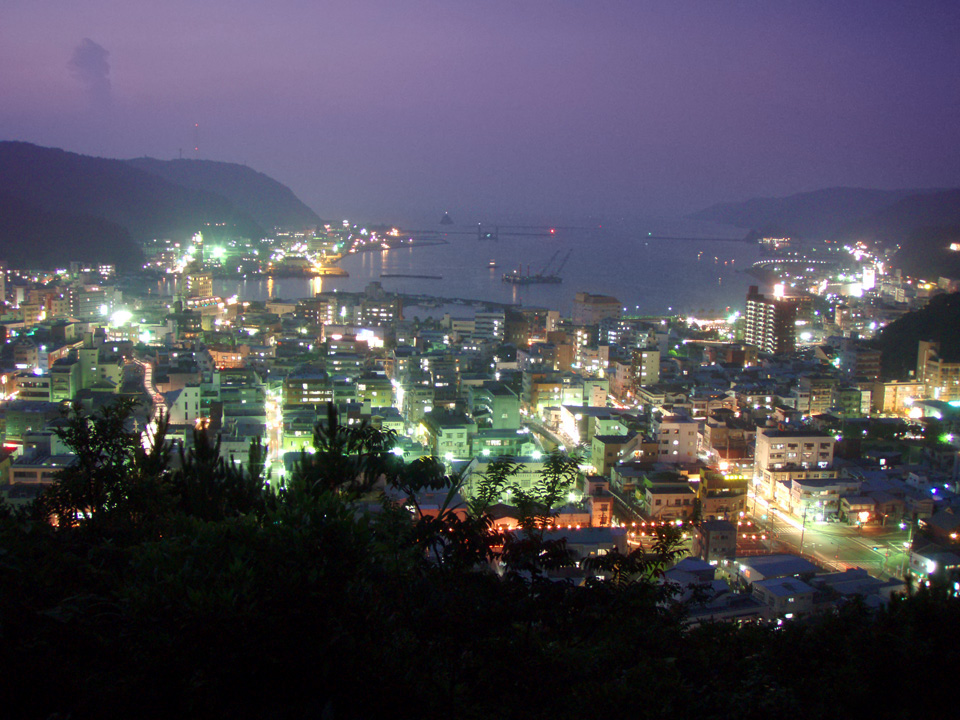|
Kagoshima 2nd District
is a single-member electoral district of the House of Representatives (Japan), House of Representatives, the lower house of the National Diet of Japan. The district covers two different parts of Kagoshima Prefecture. On the main island of Kyushu, it covers most of the Satsuma Peninsula; this includes the cities of Makurazaki, Kagoshima, Makurazaki, Ibusuki, Kagoshima, Ibusuki, Minamisatsuma, and Minamikyūshū, as well as the former municipalities Taniyama, Kagoshima, Taniyama City and Kiire, Kagoshima, Kiire Town, which are now a part of the capital Kagoshima City. The district also includes Ōshima Subprefecture (Kagoshima), Ōshima Subprefecture, which covers the Amami Islands more than to the south, which includes the city of Amami, Kagoshima, Amami. In 2021 the district had 337,660 eligible voters.Ministry of Internal Affairs and Communications (MIC) From 2000 to 2014, the district was represented by the Tokuda family, which runs the Tokushūkai hospital group. A political f ... [...More Info...] [...Related Items...] OR: [Wikipedia] [Google] [Baidu] |
Kagoshima Prefecture
is a prefecture of Japan located on the island of Kyushu and the Ryukyu Islands. Kagoshima Prefecture has a population of 1,599,779 (1 January 2020) and has a geographic area of 9,187 km2 (3,547 sq mi). Kagoshima Prefecture borders Kumamoto Prefecture to the north and Miyazaki Prefecture to the northeast. Kagoshima is the capital and largest city of Kagoshima Prefecture, with other major cities including Kirishima, Kanoya, and Satsumasendai. Kagoshima Prefecture is located at the southernmost point of Kyūshū and includes the Satsunan Islands group of the Ryukyu Islands. Kagoshima Prefecture's mainland territory extends from the Ariake Sea to Shibushi Bay on the Pacific Ocean coast, and is characterized by two large peninsulas created by Kagoshima Bay. Kagoshima Prefecture formed the core of the Satsuma Domain, ruled from Kagoshima Castle, one of the most important Japanese domains of the Edo period and the Meiji Restoration. History Kagoshima Prefecture correspo ... [...More Info...] [...Related Items...] OR: [Wikipedia] [Google] [Baidu] |
Kiire, Kagoshima
was a town located in Ibusuki District, Kagoshima Prefecture, Japan. As of 2003, the town had an estimated population of 12,648 and the density of 206.57 persons per km². The total area was 61.23 km². Kiire-chō consisted of 6 villages (North to South): Sesekushi, Nakamyō, Kiire (proper), Hitokura, Maenohama and Nukumi In 2004 there was a debate and a vote as to which larger municipality Kiire should join -- Kagoshima City to the North or Ibusuki City to the South (see merger and dissolution of municipalities of Japan). On November 1, 2004, Kiire, along with the towns of Kōriyama and Matsumoto (both from Hioki District), and the towns of Sakurajima and Yoshida (both from Kagoshima District), was merged into the expanded city of Kagoshima and no longer exists as an independent municipality A municipality is usually a single administrative division having corporate status and powers of self-government or jurisdiction as granted by national and regional laws to which it ... [...More Info...] [...Related Items...] OR: [Wikipedia] [Google] [Baidu] |
2014 Japanese General Election
General elections were held in Japan on 14 December 2014. Voting took place in all Representatives constituencies of Japan including proportional blocks to elect the members of the House of Representatives, the lower house of the National Diet of Japan. As the cabinet resigns in the first post-election Diet session after a general House of Representatives election (Constitution, Article 70), the lower house election also led to a new election of the prime minister in the Diet, won by incumbent Shinzō Abe, and the appointment of a new cabinet (with some ministers re-appointed). The voter turnout in this election remains the lowest in Japanese history. Background In 2012, the Democratic Party government under Yoshihiko Noda decided to raise the Japanese consumption tax. This unpopular moved allowed the Liberal Democratic Party under Shinzo Abe to regain control of the Japanese government in the 2012 Japanese general election. Abe proceeded to implement a series of economic prog ... [...More Info...] [...Related Items...] OR: [Wikipedia] [Google] [Baidu] |
2017 Japanese General Election
General elections were held in Japan on 22 October 2017. Voting took place in all Representatives constituencies of Japan – 289 single-member districts and eleven proportional blocks – in order to appoint all 465 members (down from 475) of the House of Representatives, the lower house of the then 707-member bicameral National Diet of Japan. Incumbent Prime Minister Shinzō Abe's governing coalition of the Liberal Democratic Party (LDP) and the Komeito party retained their seats in signs of what was perceived as weak opposition. The PM won his fourth term in office and held on to the two-thirds supermajority in order to implement policies on revising the war-renouncing Article 9 of the Japanese Constitution. The snap elections were called in the midst of the North Korea missile threat and with the largest opposition party, the Democratic Party, in disarray. Just hours before Abe's announcement of the snap election on 25 September, Governor of Tokyo Yuriko Koike launched a n ... [...More Info...] [...Related Items...] OR: [Wikipedia] [Google] [Baidu] |
2021 Japanese General Election
General elections were held in Japan on 31 October 2021, as required by the constitution. Voting took place in all constituencies in order to elect members to the House of Representatives, the lower house of the National Diet. As the constitution requires the cabinet to resign in the first Diet session after a general election, the elections will also lead to a new election for Prime Minister in the Diet, and the appointment of a new cabinet, although ministers may be re-appointed. The election was the first general election of the Reiwa era. The election followed a tumultuous period in Japanese politics which saw the sudden resignation of Prime Minister Shinzo Abe in 2020 due to health issues and the short premiership of his successor Yoshihide Suga, who stepped down as leader of the ruling Liberal Democratic Party (LDP) after only about a year in office due to poor approval ratings. The period since the previous general election in 2017 also saw the consolidation of much of ... [...More Info...] [...Related Items...] OR: [Wikipedia] [Google] [Baidu] |
Liberal League (Japan)
The Liberal League; Japanese Jiyu Rengo (自由連合); was a liberal party in Japan. It was a minor party which held one seat in the House of Representatives in the Diet at its peak. The League, whose name can also be translated as "Freedom League" or "Libertarian Union" (even though its official English translation is Liberal League), had a liberal and free market political agenda. The party was formed in 1994 and won a few seats in its first election; however, in the 2003 parliamentary elections, it won only one. It won no seats in the July 2004 Upper House Elections. On domestic policy, the party supported privatization and smaller government, but also called for increasing the rights of women. It supported the government on most issues, and, despite being critical of Japan's close relationship with the United States, was supportive of the war in Iraq. It gained its base mostly from farmers. It supported the government (made up of the Liberal Democratic Party and New Kōmeit ... [...More Info...] [...Related Items...] OR: [Wikipedia] [Google] [Baidu] |
Liberal Democratic Party (Japan)
The , frequently abbreviated to LDP or , is a conservativeThe Liberal Democratic Party is widely described as conservative: * * * * * List of political parties in Japan, political party in Japan. The LDP has been in power almost continuously since its foundation in 1955—a period called the 1955 System—except between 1993 and 1994, and again from 2009 to 2012. In the 2012 Japanese general election, 2012 election, it regained control of the government. After the 2021 Japanese general election, 2021 and 2022 Japanese House of Councillors election, 2022 elections it holds 261 seats in the House of Representatives (Japan), House of Representatives and 119 seats in the House of Councillors (Japan), House of Councillors, and in coalition with Komeito since 1999, a governing majority in both houses. The LDP is often described as a big tent conservative party, with several different ideological factions. The party's history and internal composition have been characterized by intense ... [...More Info...] [...Related Items...] OR: [Wikipedia] [Google] [Baidu] |
Takeshi Tokuda
is a Japanese politician formerly serving in the House of Representatives of Japan, House of Representatives in the Diet of Japan, Diet (national legislature) as an independent. A native of Yao, Osaka he attended University of California, Los Angeles and summer school at Harvard University in the United States. He entered Teikyo University in April 2005. He was elected for the first time in 2005. His father Torao Tokuda is also a politician, as well as head of the Tokushukai hospital group. In February 2013, Takeshi Tokuda resigned from his Diet post as parliamentary secretary in charge of infrastructure and transport as well as reconstruction, after tabloid ''Shūkan Shinchō'' ran a story alleging he had raped an intoxicated 19-year-old, and then when the victim filed a civil suit against him for damages came to an out-of-court settlement with her for ¥10 million. In public comments, Tokuda apologised for causing trouble but refused comment on the issue, stating that he had agre ... [...More Info...] [...Related Items...] OR: [Wikipedia] [Google] [Baidu] |
Naoki Inose
is a Japanese politician, journalist, historian, social critic and biographer of literary figures such as Yukio Mishima and Osamu Dazai. He served as Lieutenant Governor of Tokyo from June 2007Jun Hongo"Ishihara's new right-hand man settles in."''Japan Times'', 20 Sep 2007. until becoming Acting Governor on 1 November 2012 following the resignation of Shintaro Ishihara. He was elected Governor in a historical landslide victory in December 2012,Japan Timesbr>Inose wins landslide victory in Tokyo December 18, 2012/ref> but announced his resignation on December 19, 2013, following a political funds-related scandal; his resignation was approved and became effective December 24, 2013. Early life Inose was born in Nagano Prefecture; his father died of angina when Inose was three years old. He attended elementary and junior high schools affiliated with Shinshu University, and ultimately enrolled at Shinshu in 1966. He graduated from Shinshu University in 1970 and moved to Tokyo, where h ... [...More Info...] [...Related Items...] OR: [Wikipedia] [Google] [Baidu] |
Ministry Of Internal Affairs And Communications
The is a cabinet-level ministry in the Government of Japan. Its English name was Ministry of Public Management, Home Affairs, Posts and Telecommunications (MPHPT) prior to 2004. It is housed in the 2nd Building of the Central Common Government Office at 2-1-2 Kasumigaseki in Chiyoda, Tokyo, Japan. The Ministry oversees the Japanese administrative system, manages local governments, elections, telecommunication, post, and governmental statistics. The is appointed from among the members of the cabinet. History The Ministry was created on January 6, 2001, by the merger of the , the and the Management and Coordination Agency (総務庁). Certain functions of the Management and Coordination Agency were transferred to the Cabinet Office in this process, while many functions of the MPT were transferred to an independent Postal Services Agency which later became Japan Post. Subdivisions The Ministry has the following subdivisions as of July 2011: Bureaus *Minister's Secretariat (大 ... [...More Info...] [...Related Items...] OR: [Wikipedia] [Google] [Baidu] |
Amami, Kagoshima
is a city located on the island of Amami Ōshima, in Kagoshima Prefecture, Japan. Amami is the most populated municipality on Amami Ōshima. The most urban part of the municipality as well as the island's main port is a small city also known as Naze. As of June 2013, the city has an estimated population of 44,561 and a population density of 145 persons per km². The total area is 308.15 km². History The village of Naze was established on April 1, 1908. It was elevated to town status on October 1, 1922. As with all of the Amami Islands, the village came under the administration of the United States from July 1, 1946, to December 25, 1953. It was elevated to city status on July 1, 1946. The modern city of Amami was established on March 20, 2006, from the merger of the city of Naze, the town of Kasari, and the village of Sumiyō (both from Ōshima District). Geography Amami, located on the eastern and northern portion of Amami Ōshima, is bordered by the East China ... [...More Info...] [...Related Items...] OR: [Wikipedia] [Google] [Baidu] |


